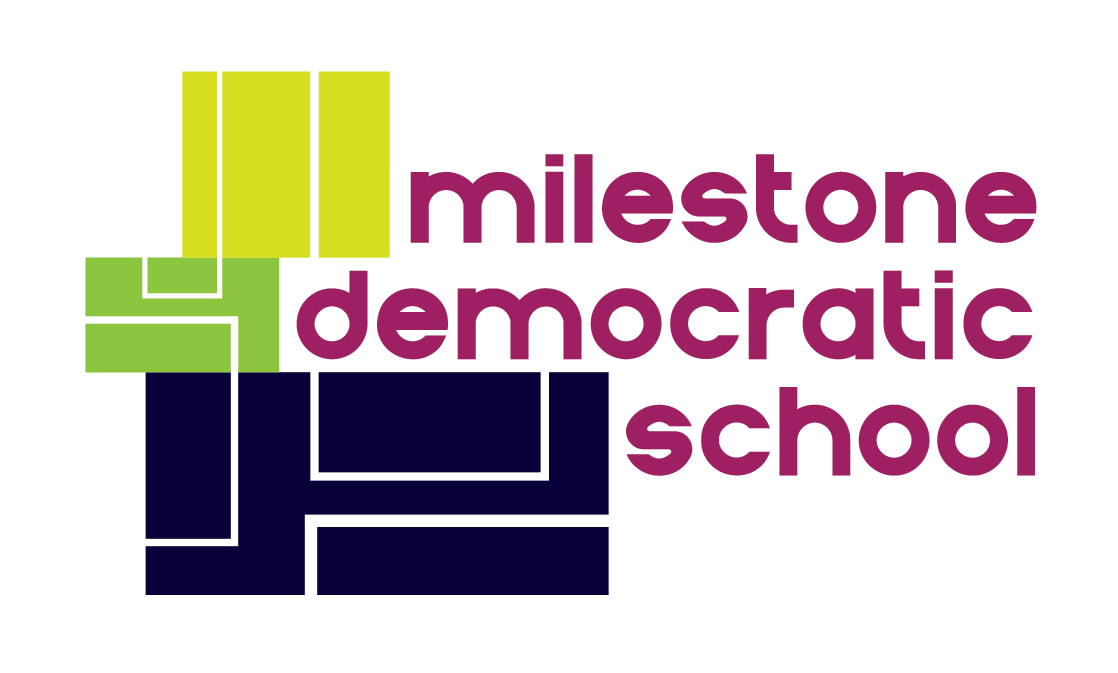| Document ID Planning Learning | Title Planning Learning at Milestone - An Index of Templates | Print Date 08/28/2022 |
| Revision 1.2 | Prepared By Sean Anderson, Director of Learning & Teaching | Date Prepared 04/02/2021 |
| Effective Date 04/02/2021 | Reviewed By Advisors | Date Reviewed 04/06/2021 |
| Approved By Advisors | Date Approved 04/06/2021 |
- A Guide and Index of Templates for Planning Self-Directed and Teacher-Led Experiences: You want to help someone at Milestone learn something
A Guide and Index of Templates for Planning Self-Directed and Teacher-Led Experiences: You want to help someone at Milestone learn something
Once you and your students have determined what is to be learned and why, there are choices to make — how? Where? When? With whom? This guide will help you make some of those decisions, using a series of nested questions.
Will students learn independently (“self-directed”), or in a teacher-led environment?
Self-directed — on their own or in small, intentional groups
Will they primarily be making, creating, designing, or fabricating something and learning along the way? Or, are they primarily learning through reading, watching, listening, and synthesizing ideas into a written, visual, or audio product?
Making
Work with your student(s) to plan a Design Project. Work hard to find a Project Mentor to partner with your student(s) — someone with expertise in the subject area and/or production methods.
All good projects require some “just-in-time” instruction (plan ahead for these in the “What learning support will you need to complete this project?” section of the Plan — but also be ready to deliver lessons as the need arises): use a Lesson Plan to be effective. Plan with the Project Mentor whenever possible!
Studying
Work with your student(s)to plan an Inquiry Study. Work hard to find a Research Mentor for your student(s) — someone with expertise in the subject matter and/or writing (or whatever method of demonstrating learning proposed by the students).
Support your student with frequent check-ins, especially around the benchmarks they set.
Teacher-led — a course will be proposed and offered
Are you going to facilitate a collaborative project in which students work together to make, create, design, or fabricate something, and you support learning along the way? Or, are you going to provide sequential instruction, delivered as a series of planned lessons with assessments?
Making — Project-Based Learning is a good fit for the students and the subject matter being studied
Create a Course Proposal, and present it for approval at School Meeting. Design with students whenever possible!
If accepted and approved, create a Design Project Plan
All good projects require some “just-in-time” instruction (plan ahead for these in the “What learning support will you need to complete this project?” section of the Plan — but also be ready to deliver lessons as the need arises): use a Lesson Plan to be effective.
Create a Syllabus to communicate the plan for learning to students and caregivers
Studying — a class based in instruction (but preferably not exclusively lecture!) is a good fit for the students and subject matter
Create a Course Proposal, and present it for approval at School Meeting. Design with students whenever possible!
If accepted and approved, create a backwards-design Unit Plan
Create a series of Lesson Plans to support the learning
Create a Syllabus to communicate the plan for learning to students and caregivers
